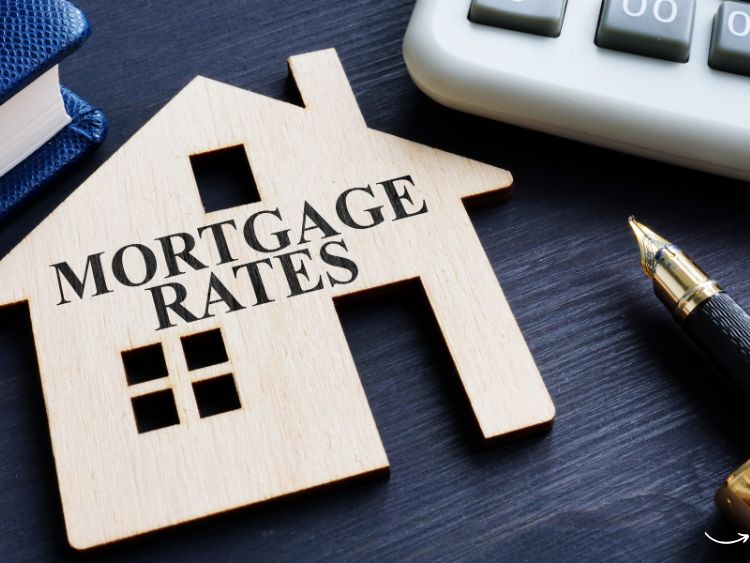Buying a home is a significant milestone, and navigating the mortgage loan process can seem daunting. Understanding each step involved and knowing what to expect can make the journey smoother and less stressful. This comprehensive guide will walk you through the mortgage loan process timeline, from pre-qualification to closing, ensuring you’re well-prepared for each stage. Let’s dive in!
The Mortgage Loan Process Timeline
1. Pre-Qualification and Pre-Approval
Before you start house hunting, it’s essential to get pre-qualified and pre-approved for a mortgage. These steps help you understand how much you can borrow and show sellers that you’re a serious buyer.
- Pre-Qualification: This initial step involves providing your lender with basic financial information, such as your income, assets, and debts. The lender will give you an estimate of how much you might qualify for.
- Pre-Approval: A more in-depth process where the lender verifies your financial information and credit history. You’ll need to submit documents like tax returns, pay stubs, and bank statements. Once pre-approved, you’ll receive a letter stating the loan amount you qualify for, which you can use when making offers on homes.
2. House Hunting and Making an Offer
With your pre-approval letter in hand, you can start searching for your dream home. This stage involves:
- Working with a real estate agent: They can help you find homes that meet your criteria and arrange viewings.
- Making an offer: When you find the perfect home, your agent will help you draft an offer letter. This includes the proposed purchase price, any contingencies, and your pre-approval letter. The seller can accept, reject, or counter your offer.
3. Mortgage Application
Once your offer is accepted, it’s time to apply for the mortgage officially. Here’s what you need to do:
- Complete the loan application: Your lender will provide a detailed form to fill out, including information about the property, your income, and your financial history.
- Provide documentation: Be prepared to submit updated financial documents, such as pay stubs, bank statements, and tax returns.
4. Loan Processing
During this phase, the lender will review your application and documentation to ensure everything is accurate and complete.
- Verification: The lender will verify your employment, income, and assets. They may contact your employer and financial institutions directly.
- Credit check: Your credit history and score will be thoroughly examined.
- Property appraisal: An independent appraiser will evaluate the home’s value to ensure it meets the loan amount.
5. Underwriting
Underwriting is a critical step where the lender assesses the risk of lending you money. The underwriter will:
- Review your financial situation: They will analyze your income, debts, assets, and credit history to determine your ability to repay the loan.
- Evaluate the property: The appraisal report will be reviewed to ensure the property’s value aligns with the loan amount.
- Approve, deny, or request more information: Based on their assessment, the underwriter will approve, deny, or ask for additional documentation.
6. Loan Approval and Closing
Once the underwriter gives the green light, you’re on the home stretch!
- Loan approval: You’ll receive a commitment letter from the lender, outlining the loan terms and conditions.
- Closing disclosure: At least three days before closing, you’ll receive a closing disclosure detailing the loan terms, monthly payments, fees, and other closing costs.
- Closing day: This is when all parties sign the necessary documents, and you pay your down payment and closing costs. After the paperwork is completed, the lender will fund the loan, and you’ll receive the keys to your new home.
FAQs
What is the difference between pre-qualification and pre-approval?
Pre-qualification is an initial estimate of how much you can borrow based on self-reported financial information. Pre-approval is a more rigorous process where the lender verifies your financial details and provides a conditional commitment for a specific loan amount.
How long does the mortgage loan process take?
The timeline can vary, but typically, the mortgage loan process takes between 30 to 45 days from application to closing. However, it can be shorter or longer depending on various factors, such as the complexity of your financial situation and the lender’s efficiency.
What can I do to speed up the mortgage process?
To expedite the process, ensure you provide all requested documents promptly, respond quickly to any inquiries from your lender, and stay in close communication with your real estate agent and lender.
What are closing costs?
Closing costs are fees associated with finalizing your mortgage, including appraisal fees, title insurance, attorney fees, and prepaid expenses such as property taxes and homeowners insurance. These costs typically range from 2% to 5% of the loan amount.
Summary
The mortgage loan process timeline can seem complex, but breaking it down into manageable steps makes it more approachable. From pre-qualification and pre-approval to closing day, each phase is crucial in securing your home loan. By understanding what to expect and being prepared, you can navigate the process with confidence and ease. Happy home buying!







